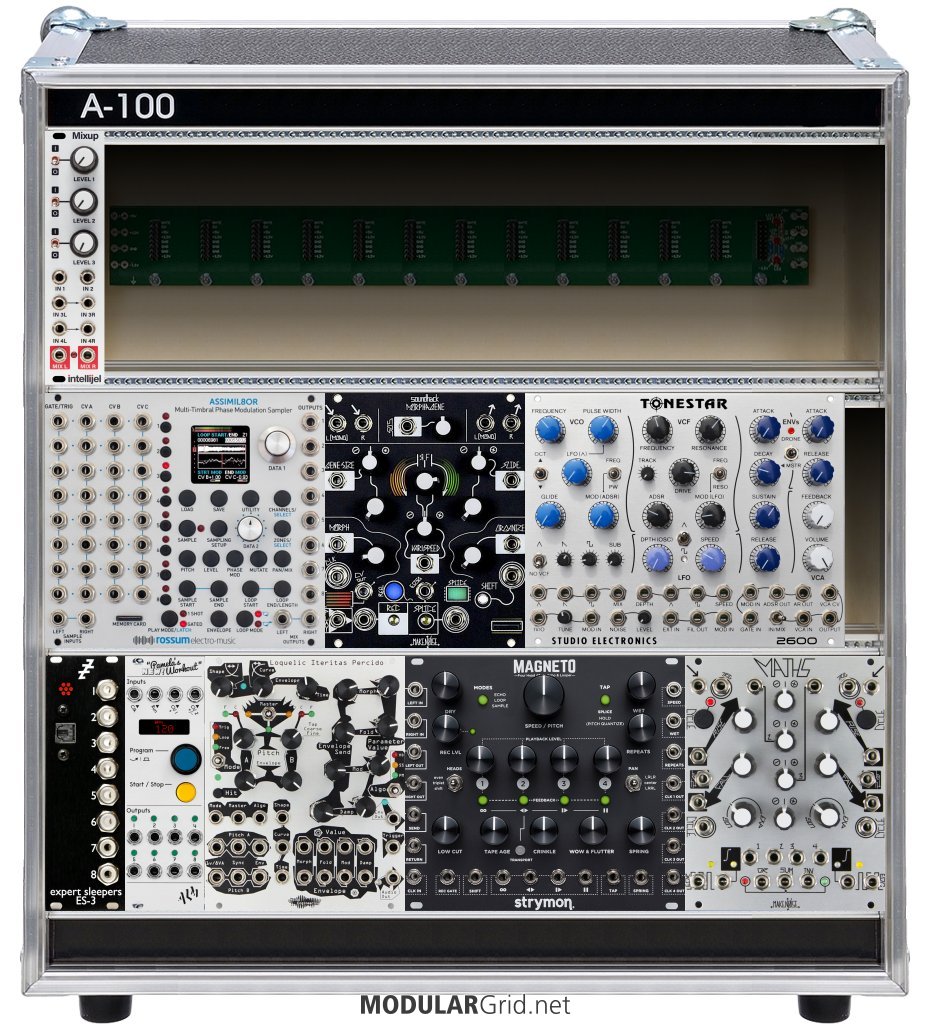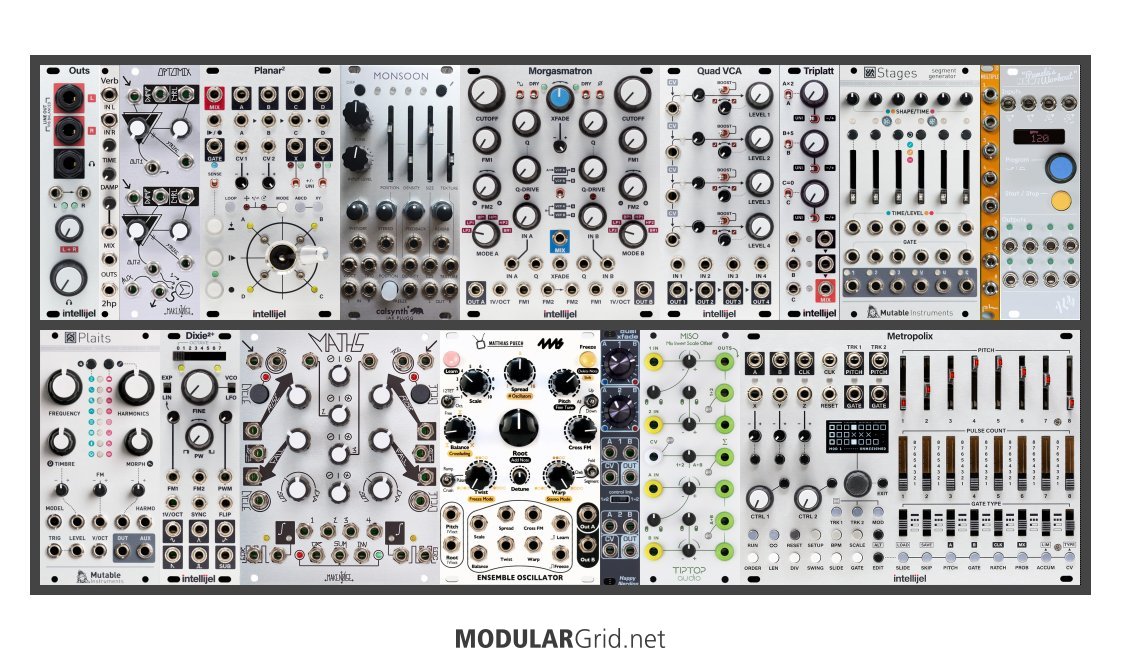Hello Jim, Yes this rack is mostly sound sources and sound modifiers...I have been using the Matriarch envelopes to modulate. It also has attenuators and LFO...so what would you recommend for this rack? I was considering the ZADAR.
I'd probably want at least a decent function generator (I like maths - good learning material available - videos and the 'maths illustrated supplement' - good jumping off points) and a quad envelope generator...
zadar is a great envelope generator - extremely powerful, especially with the nin expander... you might also consider the poti expander for batumi...
I'd also strongly consider a matrix mixer to allow you to mix copies of modulation sources to derive more related (and even more complex) modulation sources...
modulation is one of the key advantages of modular over other synthesisers, make good use of it.... another is utilities - there are a wide variety to choose from, they are incredibly useful for expanding patching both control voltage and audio... see my signature for some hints...
I also have been patching all of my synths (Moog Mother 32 (3) and 2 Dfams and Subharmonicon) into a Mackie 16 channel mixer. I can record each synth separately or I can record a live performance. I use a Focusrite 18i20 and an Octopre for interfaces. I put in the 4ms Mixers in the rack for live playing. I guess that would be my "sub mix?"
do you take your Mackie for live performances?
by sub-mixer I really mean downstream of end of channel - combine different sound sources for filtering and processing, combine differently processed parts for further filtering/processing etc etc etc
BTW, I built custom racks for stacking my 5 Moog units before I got into expanding. I did not want to stack the Subharmonicon on the top so I put it in the 104 case. The Moogs sit next to this rack.
then it shouldn't be too difficult for you to either build an extension or a 6 tier rack then to house the semi rack, or to build a 6u rack to extend the case you have to find room for the support modules that imo your modular desperately needs
As far as sequencing, I use the Mother 32's and I also have a Keystep 37. Thank you for your time.
-- Mooger59
those and the bloom should cover everything - but don't the Moog semis use different scaling? ie not 1v/oct - if so I'd consider something that can convert the Moog sequencer output - iirc disting has an algorithm for this...
"some of the best base-level info to remember can be found in Jim's sigfile" @Lugia
Utility modules are the dull polish that makes the shiny modules actually shine!!!
sound sources < sound modifiers < modulation sources < utilities

